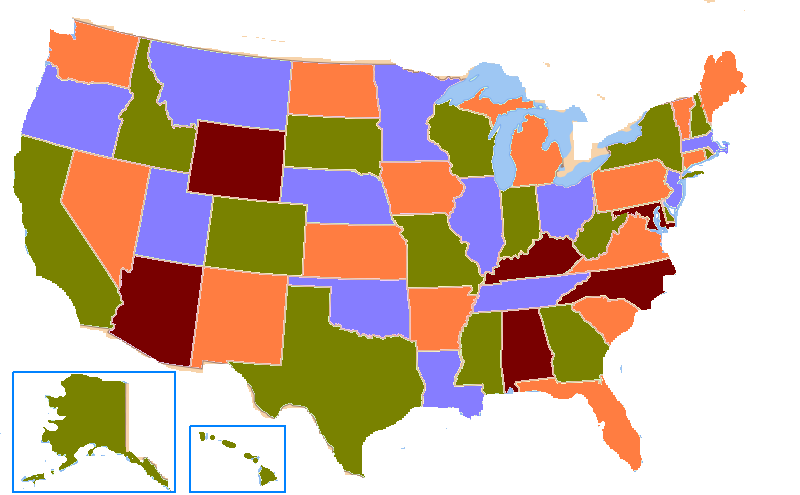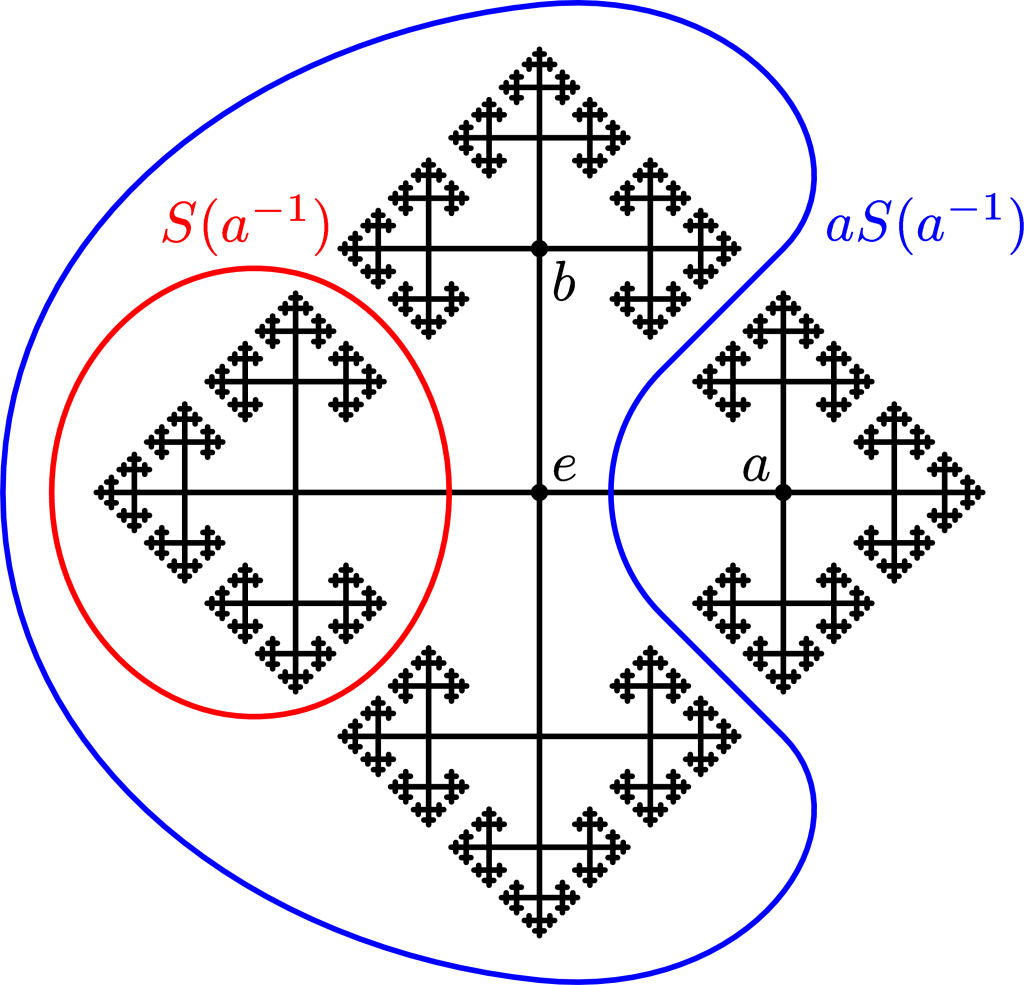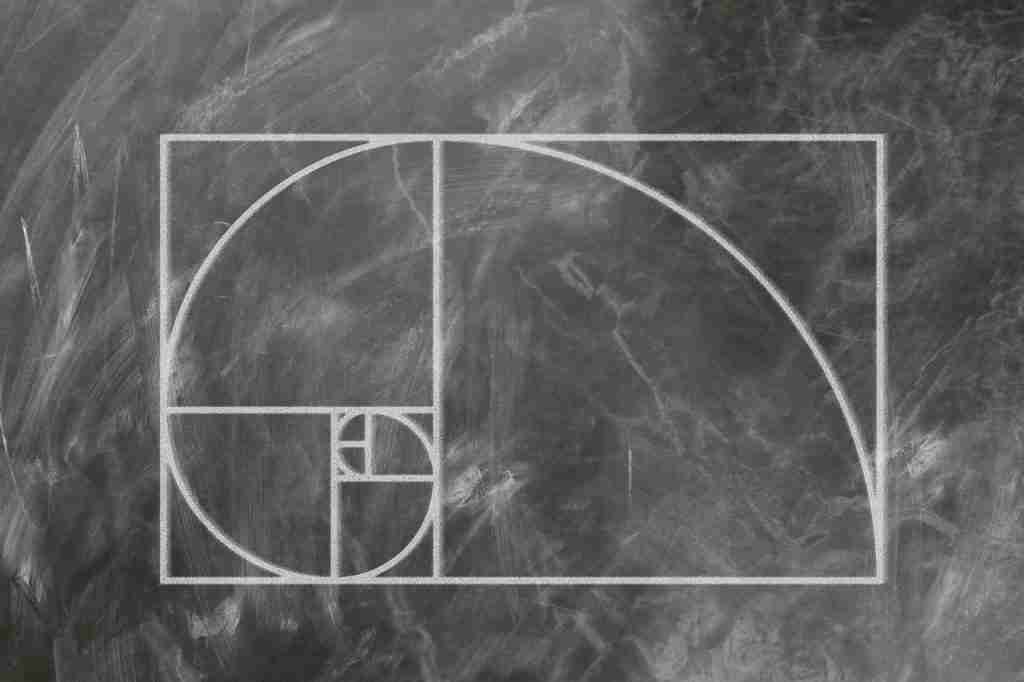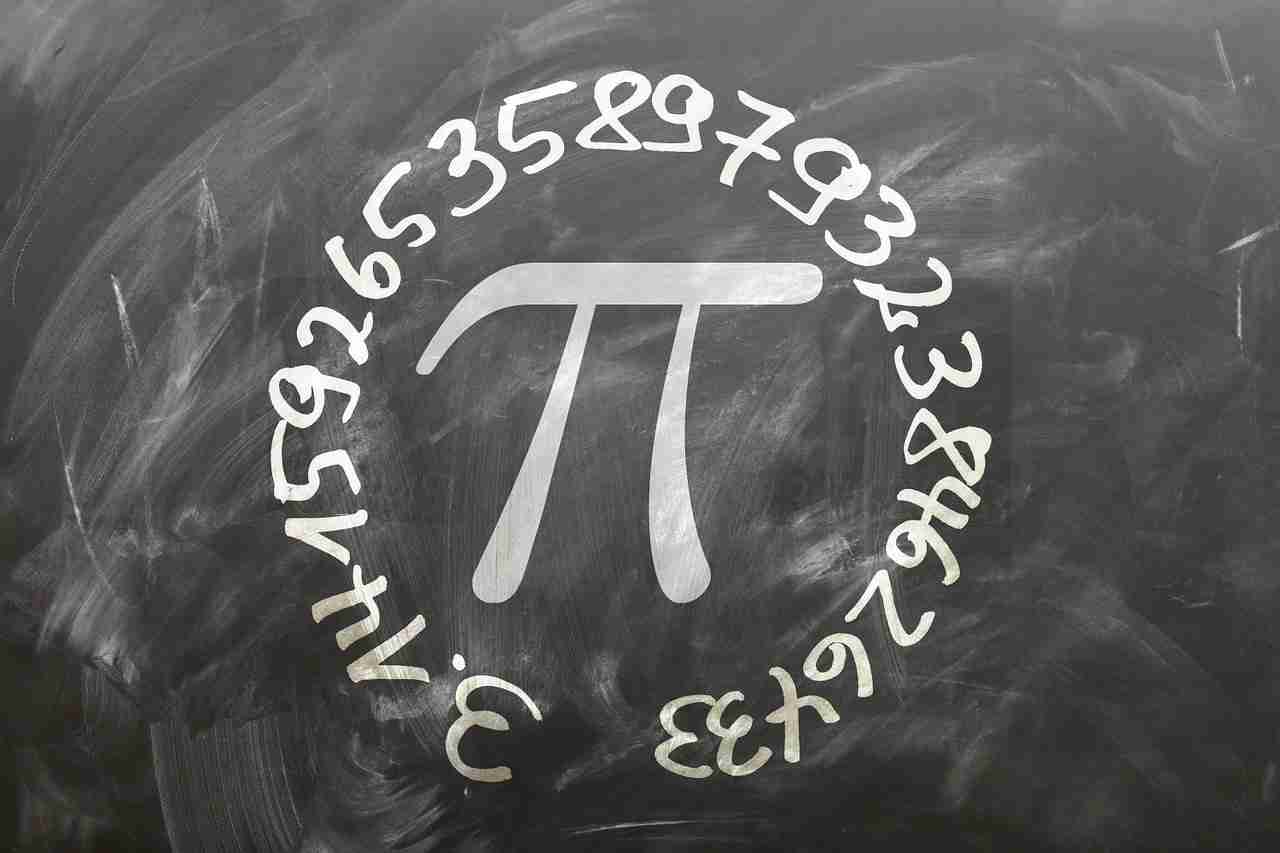27 Fun Facts About Math | Get Smarter in Minutes
1. Zero is the only number that cannot be represented by Roman numerals.
When it comes to fun facts about Math, zero’s uniqueness stands out. Initially, the Roman numeral system, which flourished in ancient Rome, did not include a representation for zero. This absence illustrates the evolution of mathematical concepts over time.
Zero plays a crucial role in the development of mathematics and is essential for the binary system, which forms the basis of modern computing. Its introduction into the numeral system marked a significant leap forward, enabling the representation of null values and the performance of complex calculations.
2. A pizza that has radius “z” and height “a” has volume formula π*z*z*a.
Mathematics can turn a simple pizza into an interesting subject of discussion. The formula for the volume of a cylinder, πr²h, becomes a playful equation when applied to pizza, showcasing how math is present in everyday life.
This equation not only emphasizes the practical applications of math facts but also makes learning about volume and relatable. It’s a delightful way to illustrate the use of π (Pi) in geometry, connecting the dots between mathematical theory and real-world objects.
3. The word “hundred” comes from the Old Norse term “hundrath,” which actually means 120, not 100.
The origins of the words we use in mathematics often have fascinating histories. “Hundred” is no exception, tracing back to a time when counting systems varied significantly from today’s standards.
This discrepancy highlights the fluid nature of language and mathematics, showing how numerical representations have evolved. It’s a testament to the dynamic interaction between language and math, reflecting changes in societal norms and counting methods.
4. The magic constant of a normal magic square of order n is n(n²+1)/2.
Magic squares have captivated mathematicians and puzzle enthusiasts for centuries. A magic square is a grid where the sum of the numbers in each row, column, and diagonal is the same, known as the magic constant.
The formula for finding this constant in a normal magic square of order n demonstrates the elegance and symmetry of mathematical relationships. It’s a classic example of how mathematical formulas can provide insight into seemingly mystical patterns, bridging the gap between abstract theory and playful problem-solving.
5. The Fibonacci sequence appears in nature more often than one might expect.
Observing patterns in nature, the Fibonacci sequence emerges as a recurring theme. This sequence, where each number is the sum of the two preceding ones, can be found in the arrangement of leaves, the patterns of flower petals, and the spirals of shells.
This natural occurrence connects mathematics to the physical world in unexpected ways, offering insights into the mathematical framework underlying natural patterns. It’s a beautiful example of how mathematics and nature intertwine, revealing the structured complexity of the world around us.
6. What is World Math’s Day?
World Math’s Day is a global celebration of mathematics where students compete in online math games. It aims to make math fun and accessible to everyone.
7. A doughnut and a coffee cup are topologically equivalent.
In the field of topology, the shape of an object is not as important as its continuous deformations. This principle leads to the fascinating realization that a doughnut and a coffee cup with a handle are considered the same, topologically speaking.
This concept challenges our perceptions of shape and space, introducing a playful yet profound perspective on how objects can be mathematically similar despite their different appearances. It’s a fun introduction to the idea of topological equivalence, showcasing the versatility and depth of mathematical concepts.
8. The Möbius strip defies common intuition with its one-sided surface.

The Möbius strip is a fascinating object in the world of geometry. With a twist of 180 degrees and joined ends, it creates a surface with only one side and one edge.
This intriguing property has made the Möbius strip a popular subject in discussions about topology, a branch of mathematics concerned with spatial properties. It challenges our conventional understanding of inside and outside, providing endless fascination for those exploring facts about Math.
9. The Monty Hall problem illustrates the counterintuitive nature of probability theory.
The Monty Hall problem, a probability puzzle, demonstrates how our intuitions about chance and choice can often be misleading. Named after the host of the game show where it originated, this problem involves choosing between three doors, behind one of which is a prize.
Mathematically, changing your initial choice after one of the non-chosen doors is revealed to be empty increases your chances of winning. This counterintuitive result serves as a fascinating example of the complexities and surprises inherent in the study of probability.
10. The number pi (π) cannot be expressed as a fraction, making it an irrational number.
Pi (π) is a fundamental constant in mathematics, representing the ratio of a circle’s circumference to its diameter. Its value cannot be precisely represented by a simple fraction, which classifies it as an irrational number.
This characteristic of π has intrigued mathematicians for centuries, leading to its calculation to millions of decimal places. The quest to understand and approximate π has been a significant part of mathematical history, reflecting the ongoing endeavor to grasp the complexities of the mathematical universe.
11. The sum of all natural numbers (1 + 2 + 3 + …) is -1/12 under certain mathematical frameworks.
One of the most surprising math facts involves the sum of all natural numbers. While at first glance, the sum appears to diverge to infinity, certain theoretical frameworks in mathematics and physics suggest it equals -1/12.
This result is controversial and counterintuitive, relying on sophisticated concepts from the realms of series and analytical continuation. It demonstrates the capacity of mathematics to challenge our understanding and expectations, opening up debates and discussions about the nature of infinity and summation.
12. The four-color theorem asserts that only four colors are needed to color any map so that no two adjacent regions share the same color.

The four-color theorem is a statement about the coloring of maps. It suggests a simple yet profound rule that applies to any flat surface or plane.
Proved using a computer, this theorem touches on graph theory and topology, demonstrating the intersection of technology and mathematical proof. Its application ensures that adjacent regions are always distinguishable by color, a principle that’s as practical as it is mathematically significant.
13. The only number that is spelled with the same number of letters as its value is four.
Delving into the peculiarities of language and mathematics, the number four presents an interesting coincidence. It is the only number in the English language that has the same number of letters as its numerical value.
This curious fact adds a layer of linguistic fun to the study of numbers, showcasing the unexpected connections between math and language. It’s a simple yet delightful observation, highlighting the playful aspects of numerical exploration.
14. Why are math facts important?
Math facts provide a foundation for understanding more complex concepts. They act like building blocks for problem-solving and logical thinking.
15. Benford’s Law predicts the frequency of the first digit of many real-life sets of numerical data.
Benford’s Law, a fascinating principle within statistics, reveals that in many naturally occurring collections of numbers, the first digit is more likely to be small. For instance, the number 1 appears as the first digit about 30% of the time.
This law has practical applications in fraud detection and data analysis, providing a tool for examining the natural distribution of numerical data. It showcases the power of mathematical principles to uncover patterns and irregularities in the world of numbers.
16. The Banach-Tarski paradox shows that a sphere can be divided and reassembled into two spheres of the same size.

The Banach-Tarski paradox is a bewildering result in set theory and geometry. It states that a solid sphere can theoretically be divided into pieces that can then be rearranged into two spheres, each identical in size to the original.
This paradox challenges our intuitive understanding of volume and conservation. While its assumptions do not apply to physical reality, it provides a fascinating glimpse into the counterintuitive outcomes possible within the framework of mathematical abstraction.
17. There are infinitely many prime numbers.
The concept of infinity is a mind-bending aspect of math. Prime numbers, those which are only divisible by 1 and themselves, are a perfect illustration of this, as mathematicians have proven that there is no largest prime number.
This fact not only stirs the imagination but also underscores the depth and beauty of mathematical theory. The hunt for larger primes continues to be a compelling challenge for mathematicians, demonstrating the endless possibilities within the study of numbers.
18. The number 1729 is known as the Hardy-Ramanujan number, after a famous anecdote involving two mathematicians.
The story of the number 1729 begins with a visit from mathematician G.H. Hardy to Srinivasa Ramanujan in the hospital. Hardy remarked that 1729, the number of his taxi, seemed dull, to which Ramanujan replied that it was actually quite interesting.
Ramanujan explained that 1729 is the smallest number expressible as the sum of two cubes in two different ways. This anecdote has immortalized 1729 in math history, making it one of the most famous math fun facts.
19. Hexaflexagons can be folded to reveal faces not initially visible.
Hexaflexagons are paper polygons with a surprising twist. Created by folding strips of paper in certain ways, they can be flexed or folded to reveal faces hidden from view.
This playful creation demonstrates the concept of planar graphs and surface topology in a hands-on way. Hexaflexagons captivate both young learners and adults, illustrating the playful side of mathematical exploration.
20. The Golden Ratio is often associated with aesthetic beauty and appears in various aspects of art and architecture.

The Golden Ratio, approximately 1.618, is a mathematical constant that has been studied for centuries. It is believed to play a role in the proportions that are most pleasing to the eye.
This ratio can be seen in the layout of ancient buildings, the structure of famous artworks, and even the patterns of growth in nature. Its pervasive presence across different domains showcases the deep connections between mathematics, art, and the natural world.
21. The concept of mathematical infinity has different sizes and types.
Infinity is not a one-size-fits-all concept in mathematics. Depending on the context, mathematicians distinguish between different types of infinity, such as countable and uncountable infinities.
This distinction has profound implications for set theory and calculus, among other areas. The idea that some infinities are larger than others is a mind-bending realization that challenges our perception of the infinite.
22. What are variables in math?
Variables are symbols (usually letters like x or y) that represent unknown or changing values in equations and problems.
23. Magic squares have been a part of recreational mathematics for centuries.
Magic squares are grids where the sums of the numbers in each row, column, and diagonal are equal. They have fascinated mathematicians and laypeople alike since ancient times.
With their roots in China and widespread interest across different cultures, magic squares serve as a bridge between mathematics and art. They exemplify how mathematical concepts can be found in cultural artifacts and recreational puzzles.
24. Knot theory is a branch of topology that studies mathematical knots, with applications ranging from DNA research to quantum physics.

Knot theory explores the properties and classifications of knots, which are closed loops in three-dimensional space that do not intersect themselves. This field of mathematics finds surprising applications in understanding the structure of DNA and the behavior of quantum particles.
As researchers continue to unravel the complexities of knots, the field demonstrates the unexpected ways in which mathematical theories can inform and advance scientific knowledge. Knot theory is a perfect example of how abstract mathematical concepts can have tangible impacts on the real world, making it a thrilling area of study for those curious about the practical applications of math.
25. The butterfly effect in chaos theory demonstrates how small changes can have large consequences.
The butterfly effect is a concept within chaos theory that illustrates how small variations in the initial conditions of a system can lead to vastly different outcomes. This idea is often summarized by the metaphor that the flapping of a butterfly’s wings can cause a tornado weeks later.
This principle has significant implications for mathematics, physics, and meteorology, underscoring the complexity and unpredictability of certain systems. It’s a powerful reminder of the interconnectedness of all things and the sensitivity of complex systems to initial conditions.
26. Euler’s Formula relates the numbers e, i, and π in a remarkably simple and elegant way.
Euler’s Formula, \(e^{iπ} + 1 = 0\), is celebrated for its beauty and simplicity, connecting five fundamental mathematical constants. This equation is a cornerstone of complex analysis and has applications in various fields including engineering and physics.
Its elegance and the depth of the connections it reveals between seemingly unrelated areas are a source of inspiration. It embodies the unity underlying the mathematical universe, making it a captivating highlight in the collection of facts about Math.
27. Fractals are shapes that contain infinite detail and self-similarity at every scale.
Fractals are mathematical sets that exhibit a repeating pattern at every scale. They are unique because their complexity increases infinitely, revealing new details no matter how close you look.
From the branching of trees to the structure of snowflakes, fractals appear in many forms in nature. Their study offers insights into the patterns that shape our world, bridging the gap between the abstract and the natural.
FAQs
Slope describes the steepness and direction of a line on a graph. It tells you how much the line rises or falls for every unit it moves horizontally.
The concept of zero as both a placeholder and a number was a groundbreaking mathematical development, with roots in ancient civilizations.
Surprisingly, numbers and mathematical patterns are found everywhere in nature, from the spiral of a seashell to the arrangement of petals on a flower.
Yes! There are many fascinating number patterns, like the Fibonacci sequence, where each number is the sum of the two before it.
Pi (π) represents the ratio of a circle’s circumference to its diameter. It’s an irrational number, meaning its decimal representation goes on forever without repeating.







